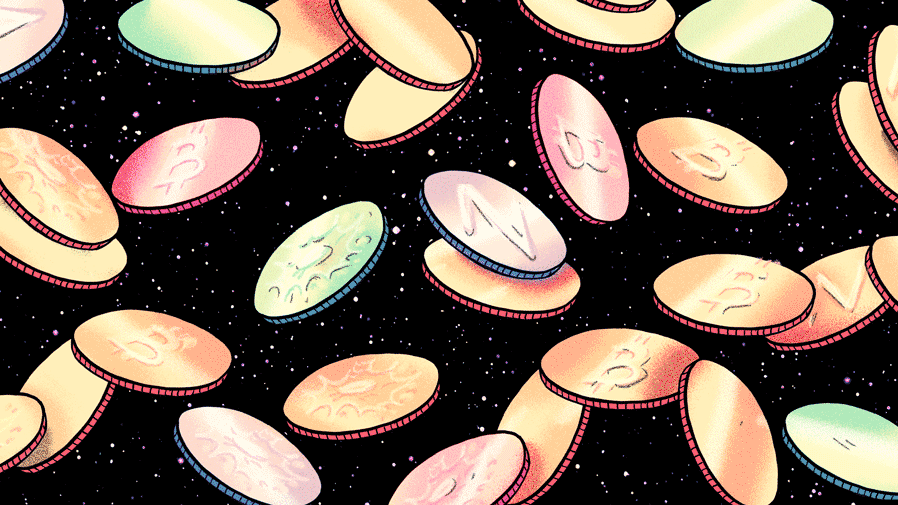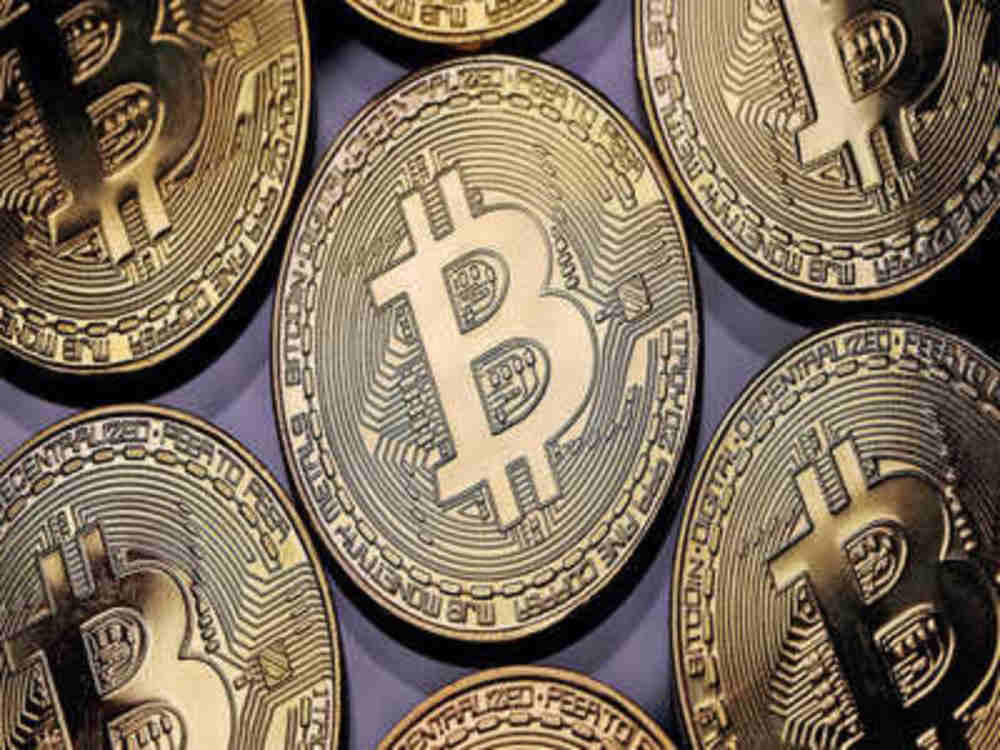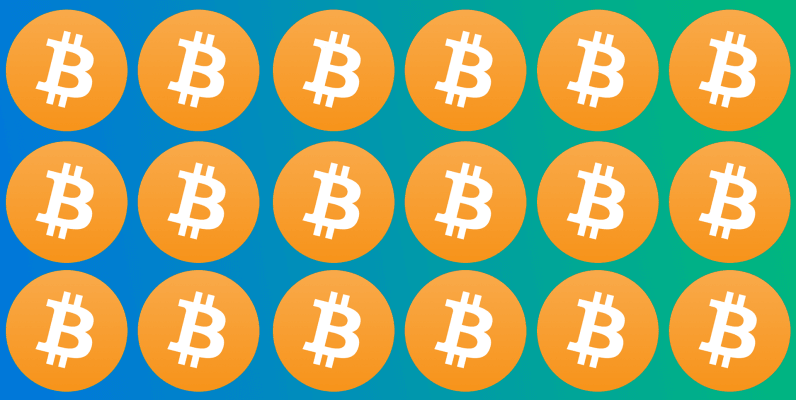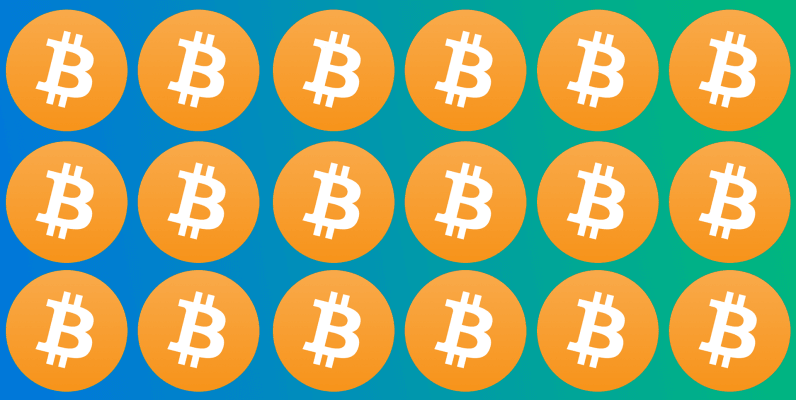The recent decline in the price of Tether has sent the usual crypto skeptics penning articles questioning the viability of the idea specifically and the digital asset ecosystem in general. But there’s no controversy here, because there’s nothing remotely new about these assets.
In traditional finance, the notion of “one asset that is a proxy for another” has been around forever. Paper money, for example, started out as deposit receipts issued by goldsmiths for customer gold held for safekeeping. Since physical gold is hard to carry around, the receipts eventually took over.
Today gold is primarily used as a store of value, and there too a more easily tradeable proxy is wildly popular. ETFs such as the SPDR Gold Shares represent tens of billions of dollars in value via the same exact mechanism as a fiat stablecoin. A trusted party purchases the underlying asset, stores it with a third-party custodian, then issues shares against those holdings. So long as investors trust the parties involved, the value of the proxy instrument maintains parity.
ETFs have been the most rapidly growing products on Wall Street for decades, and today account for trillions of dollars in value. If they can be trusted, so can a dollar-collateralized token. One could even argue that all else being equal, stablecoins are even more trustworthy than an ETF, because its easier to custody dollars in bank than gold bars in a vault, and unlike most ETFs, all the newer stablecoins can be redeemed for the underlying.
About the only thing controversial about stablecoins is the fact that Tether didn’t start falling apart sooner. That it got to almost $3b in market cap despite its numerous problems is both a testament to the demand for such a product and the need for a more legitimate alternative, which we now have thanks to products like TrueUSD, Circle USD and Paxos Standard.
Skeptics highlight the fact that Tether now trades at a discount to parity while the others trade at a premium as a flaw, but this actually proves that the products are working. Money is flowing from the less trustworthy iteration to the more reliable ones, a process you can watch unfold in real time.
Once they are done gobbling Tether’s market share, these new coins will be positioned to start disrupting payment rails beyond the crypto economy. One idea that I try to drive home in my courses and book is the fact that most of our current financial infrastructure, such as the 50-year old SWIFT transfer system, was designed for transactions done on paper. Those same processes were later digitized to work on the internet, but that’s not nearly as efficient as a native digital system, in the same way that ripping an Audio CD and emailing an mp3 to your friend is not as efficient as sharing a playlist on Spotify.
FinTech services such as Venmo and Adyen are one solution to that problem, but they are still limited by their reliance on the rickety infrastructure of the legacy banking system (not to mention their hefty fees). Fiat stablecoins riding decentralized blockchain platform offer a cleaner and cheaper upgrade.
So while the old guard is celebrating the latest upgrade to SWIFT (complete with a fun but perhaps slightly racist video), and bragging about how in the future half of all transfers will settle within 30 minutes (not including the time it takes you to fill out that wire form and fax it to your bank), fiat stablecoin transactions settle within minutes, if not seconds. They are also transparent, programmable and available for the unbanked. Right now, anyone with a smartphone can start using these products with no walled gardens or account registration. SWIFT will never offer that.
Source/More: There’s Nothing Controversial About Stablecoins (except to those they threaten)

















